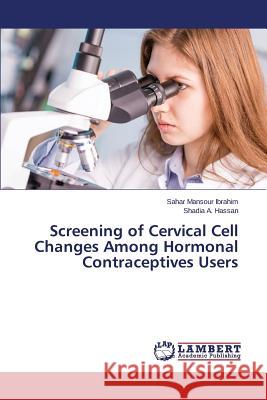Screening of Cervical Cell Changes Among Hormonal Contraceptives Users » książka
Screening of Cervical Cell Changes Among Hormonal Contraceptives Users
ISBN-13: 9783659815645 / Angielski / Miękka / 2015 / 112 str.
Precancerous lesions of the uterine cervix have become an important aspect of women's health care in recent years with an incidence rate about 500,000 new cases and 250,000 deaths each year worldwide, almost 80% of cases occur in low-income countries. The aim of this correlational study was to assess the cervical cell changes (dysplasia) among hormonal contraceptives users through Pap smear test. A total of 350 women attending the outpatient clinic at El Manial University Hospital were recruited for the study and were divided in to two groups, the first group was the study group (150 women) who actively use hormonal contraceptives for more than two year ago. The second group is the control group (200 women) who did not use hormonal contraception. Each participant was assessed through: Interviewing questionnaire schedule, cervical examination sheet and Pap smear pathological test. Results of this study indicated that, none of the study subjects in both control and study groups had evidence of cervical dysplasia or malignancy. The study concluded that, there is no statistical significant relation between hormonal contraceptives using and cervical cell changes (dysplasia).
Precancerous lesions of the uterine cervix have become an important aspect of womens health care in recent years with an incidence rate about 500,000 new cases and 250,000 deaths each year worldwide, almost 80% of cases occur in low-income countries. The aim of this correlational study was to assess the cervical cell changes (dysplasia) among hormonal contraceptives users through Pap smear test. A total of 350 women attending the outpatient clinic at El Manial University Hospital were recruited for the study and were divided in to two groups, the first group was the study group (150 women) who actively use hormonal contraceptives for more than two year ago. The second group is the control group (200 women) who did not use hormonal contraception. Each participant was assessed through: Interviewing questionnaire schedule, cervical examination sheet and Pap smear pathological test. Results of this study indicated that, none of the study subjects in both control and study groups had evidence of cervical dysplasia or malignancy. The study concluded that, there is no statistical significant relation between hormonal contraceptives using and cervical cell changes (dysplasia).











